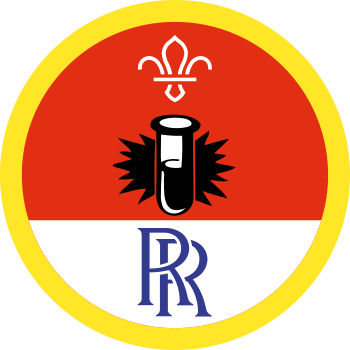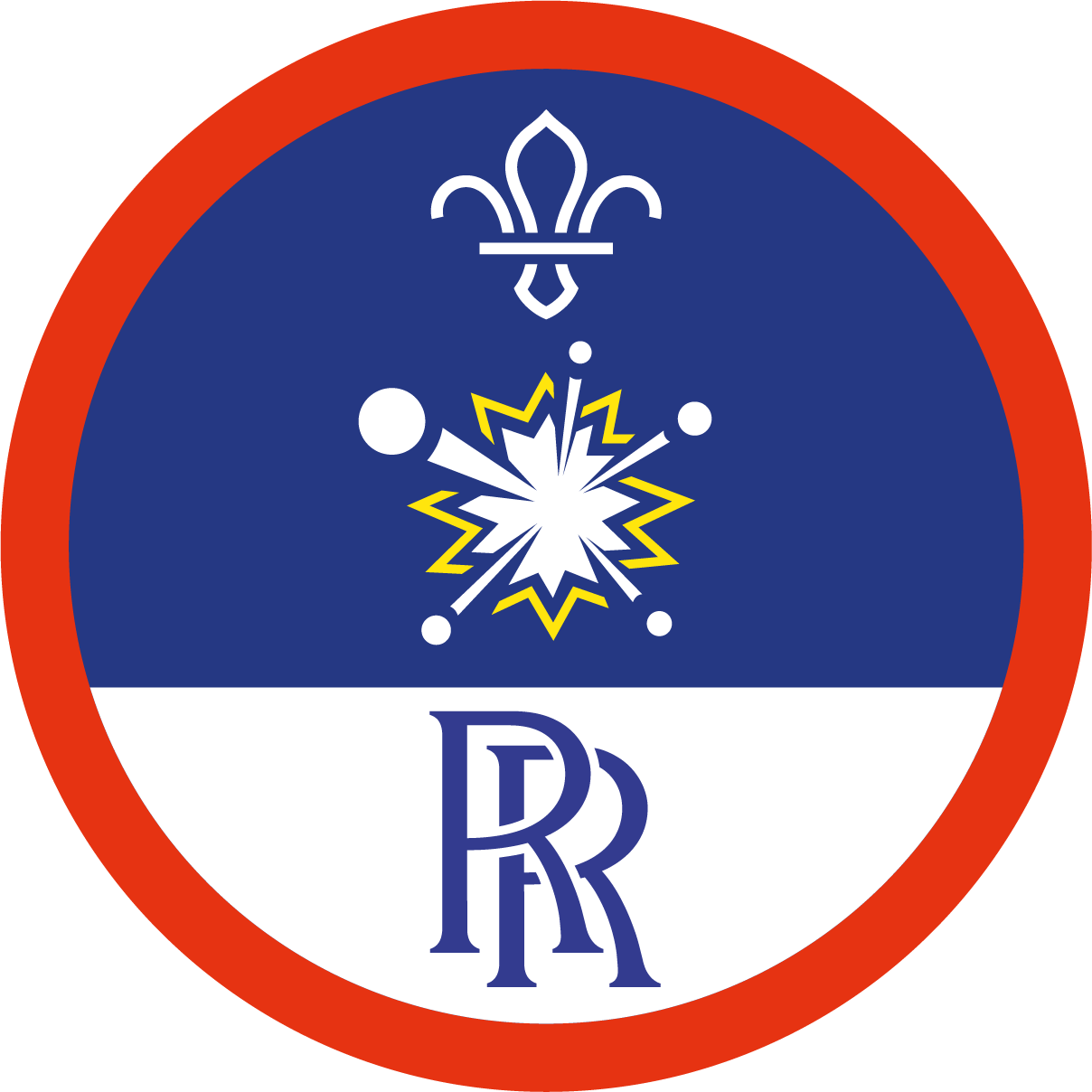Make a toilet tube speaker
You’ll need
- Paper cups
- Cardboard tubes
- Scissors
- Pens or pencils
- Scrap paper
- Sticky tape or masking tape (optional)
- Craft materials for decoration (optional)
- Glue (optional)
- Colouring pens or pencils (optional)
Before you begin
- Use the safety checklist to help you plan and risk assess your activity. There's also more guidance to help you carry out your risk assessment, including examples.
- Make sure all young people and adults involved in the activity know how to take part safely.
- Make sure you have enough adult helpers. You may need some parents and carers to help.
Planning and setting up this activity
- If you want to test this activity, you could have a few phones or devices for people to use and play music from.
- This craft activity involves using cardboard tubes. Volunteers could collect some items before the session and bring them for everyone to use, rather than collecting them during the session. You could ask people to bring cardboard tubes with them from home. Remember to tell people in advance and you may want to have a collection box at the meeting place, so people can bring them in as and when they have them. Remember, not everyone will be able to bring the items from home, so you may also want to collect or bring some extra items for people to use.
Running this activity
- Gather everyone together and explain that you’re going to make a toilet tube speaker.
- Carefully mark out a slot on the top of your cardboard tube. The slot should be just a bit larger than the base and width of your phone or device.
- Using your scissors, carefully cut out the slot for your phone. Remember, you can always make the slot bigger, but not smaller.
- Use the end of your cardboard tube to mark a circle on each of your paper cups. The hole should be just large enough to fit snugly over the ends of the cardboard tube.
- Use your scissors to carefully cut out the circles in your paper cups as accurately as you can.
- Slide the paper cups over each end of your cardboard tube. You may wish to secure them with masking tape or sticky tape.
- Now, you can decorate your cardboard phone speaker. You may wish to use pens, pencils, stickers, paint, or glue and stick things on.
Imagine you're talking in a big open field—your voice goes in all directions. That's how your phone's speaker works, because the sound spreads everywhere.
But, when you place your phone into a cardboard tube with cups on the ends, something cool happens:
- Guiding the Sound: The tube and cups act like a tunnel for the sound. Instead of the sound going in all directions and spreading out, the cups at the ends help to focus the sound and this directs the sound waves straight towards you.
- Sound Feels Louder: Because the sound is focused in one direction, it seems louder to your ears. It's like cupping your hands around your mouth when you shout to direct your voice, making it easier for others to hear.
- Direction Matters: If you turn the speaker so the cups face away from you, the sound goes in the opposite direction, and it feels quieter.
So, the speaker doesn't make the sound stronger; it just points the sound right where you want it, making your favourite songs easier to hear. Together, the tube and cups help send the sound in one direction, making it louder.
Reflection
This activity was all about trying new things and learning how the world works. Did you think the bits of cardboard could make your phone appear louder? What do you think would happen if you used a longer cardboard tube or bigger paper cups? When you use a speaker like this does it affect the sound your phone usually makes? Why do you think this might be?
Safety
All activities must be safely managed. You must complete a thorough risk assessment and take appropriate steps to reduce risk. Use the safety checklist to help you plan and risk assess your activity. Always get approval for the activity, and have suitable supervision and an InTouch process.
- Scissors
Supervise young people appropriately when they’re using scissors. Store all sharp objects securely, out of the reach of young people.
- Sharp objects
Teach young people how to use sharp objects safely. Supervise them appropriately throughout. Store all sharp objects securely, out of the reach of young people.
- Glue and solvents
Always supervise young people appropriately when they’re using glue and solvent products. Make sure there’s plenty of ventilation. Be aware of any medical conditions that could be affected by glue or solvent use and make adjustments as needed.
- To make this activity easier, you could cut the holes in the cups before the sessions starts. You could also pre-make the speakers for people to decorate.
- To make this activity harder, you could ask the young people to experiment by changing the size of the tubes or cups and seeing how this impacts the volumes.
Make it accessible
All Scout activities should be inclusive and accessible.
If you enjoyed this activity, why not try another science based activity?

